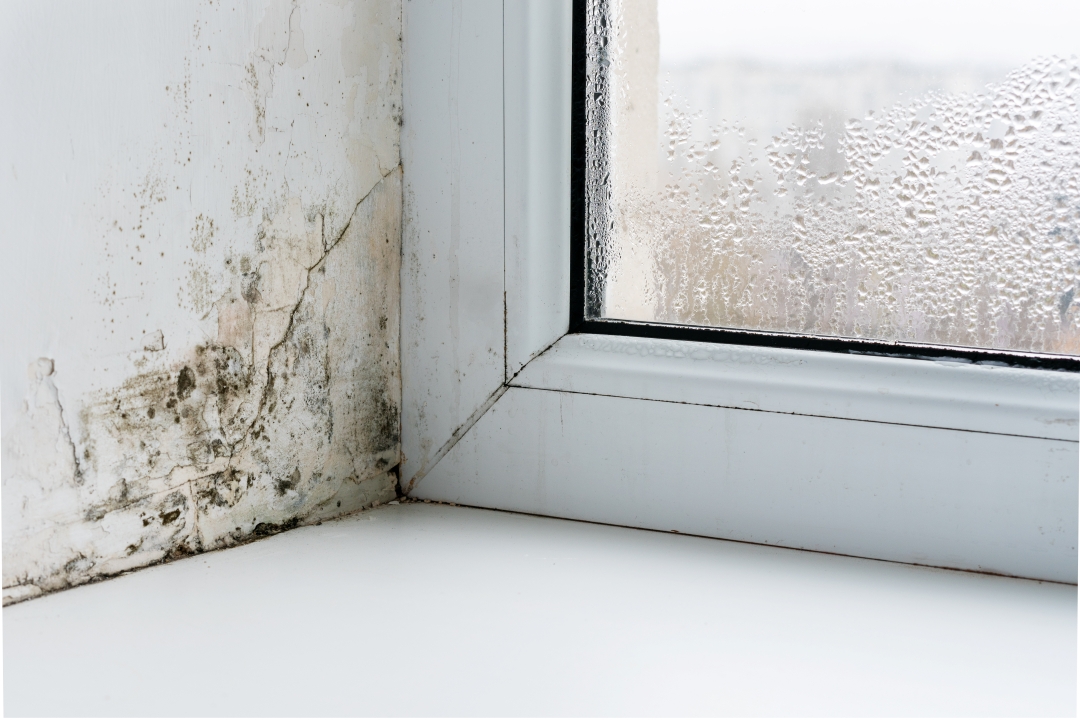It’s in these cold and damp months when the windows are closed that mould and condensation can really strike…sometimes it can be because of a leak in the roof or a pipe but far more often is due to the air in the house being very humid. Think about it, a busy house full of people all having showers and then drying their towel on radiators plus doing their washing fills the air with water. This water then hits the colder walls (so usually the outside walls of course) and the water condenses making them damp leading to mould. What can be done? Well obviously, opening the windows and getting air flowing is good but when it is cold that may seem a bad idea but you can do other practical things too, for example when cooking always use the extractor to take the steam out of the house and if possible after showers, leave towels in the bathroom and open the window / leave on the extractor fan. Don’t dry clothes on radiators and if you are drying them open a window too. A very good addition is to also use a Dehumidifier in the house which extracts the water usually into a small tank. Some landlords provide who recognise the benefits but otherwise you can ask for one or may even be worth investing and here’s why…damp air is not only unhealthy to live in, causing mould etc but is also more costly to heat, so extracting the water may seem expensive but can also be cost effective. A dehumidifier will also produce a tiny amount of heat as well as it removes the water from the atmosphere. Try 45 to 50% humidity and this will give a good balance and prevent mould and condensation. What if there is a leak? Well, this tends to be more obvious by being concentrated on a particular area where the problem is rather than generally on the walls, for example a damp looking patch near the ceiling is very likely to be a leak whereas an entire outside wall (particularly lower down where the colder air is) is very likely to be damp air.
Condensation and Mould Strikes




